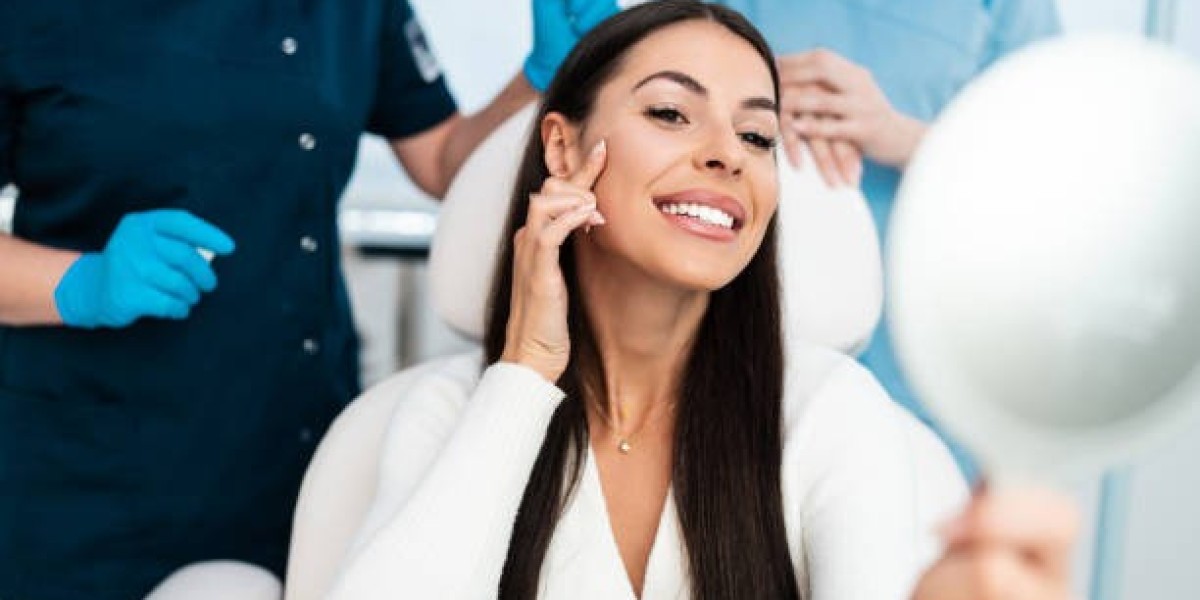Platelet-Rich Plasma (PRP) therapy has gained traction in various medical and cosmetic fields due to its potential to stimulate healing and regeneration. When it comes to applications in aesthetics, PRP is prominently utilized for scalp treatments to address hair loss and for facial rejuvenation purposes. While the underlying principle of using the body's own growth factors to encourage tissue regeneration is consistent across both applications, there are distinct differences in how PRP is applied to the scalp versus the face.PRP Treatment for Full Face Islamabad, Pakistan Understanding these differences is crucial for individuals considering PRP therapy for either hair loss or skin rejuvenation.
PRP for the Scalp: Aiming for Hair Growth:
Target: The primary goal of PRP therapy on the scalp is to stimulate hair growth and prevent hair loss. It targets hair follicles, aiming to increase blood supply to the follicle and thicken the hair shaft.
Procedure: The procedure involves injecting PRP directly into the scalp at the level of hair follicles. The process requires precision to ensure that the PRP reaches the targeted follicles without causing unnecessary discomfort.
Preparation and Concentration: While the basic preparation of PRP is similar (blood is drawn from the patient, centrifuged to concentrate the platelets, and then re-injected into the patient), the concentration of platelets might be adjusted based on the specific needs of hair restoration.
Frequency of Treatments: Scalp treatments generally require multiple sessions spaced about a month apart, followed by maintenance treatments every 3-6 months, depending on the individual's response and the severity of hair loss.
PRP for the Face: Focused on Rejuvenation:
Target: Facial PRP therapy is primarily aimed at rejuvenating the skin, improving texture, reducing fine lines and wrinkles, and promoting a more youthful appearance. It can also be used for scar reduction, including acne scars.
Procedure: For facial rejuvenation, PRP can be injected directly into specific areas of the face. Additionally, it's often used in conjunction with micro-needling (a procedure known as a "vampire facial"), where the PRP is applied topically to the skin and then driven into the skin with fine needles to enhance the regenerative process.
Preparation and Concentration: The preparation of PRP for facial use is similar to that for the scalp, but the approach may vary slightly based on the desired outcomes for skin rejuvenation versus hair growth. The application method can influence the concentration and volume of PRP used.
Frequency of Treatments: Facial PRP treatments might also require multiple sessions, typically spaced 1-2 months apart. The exact number of treatments depends on the individual's skin condition and goals.
Key Differences:
Application Techniques: For the scalp, PRP is usually injected deeply to target the hair follicles. In contrast, for the face, the application may involve both deeper injections for volume and superficial treatments for skin quality, often combined with micro-needling.
Treatment Objectives: The scalp treatments focus on hair follicle health and hair regrowth, while facial treatments aim at overall skin rejuvenation, texture improvement, and elasticity.
Customization: Both treatments are highly customizable, but the parameters adjusted (such as PRP concentration, injection depth, and treatment areas) vary significantly between scalp and facial applications.
Combination with Other Treatments: While PRP for the scalp is typically a standalone treatment or combined with other hair loss treatments, facial PRP is often part of a broader skin care regimen, frequently paired with other aesthetic procedures for enhanced results.
Understanding these differences is essential for setting realistic expectations and achieving the best possible outcomes from PRP therapy, whether for the scalp or the face. It’s important to consult with a skilled practitioner who can tailor the treatment to your specific needs and goals.








